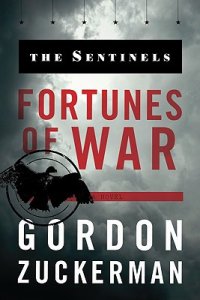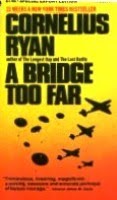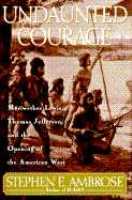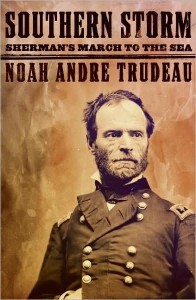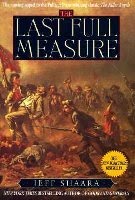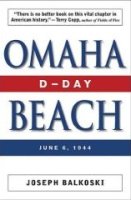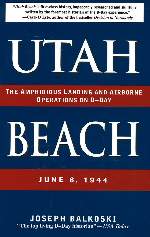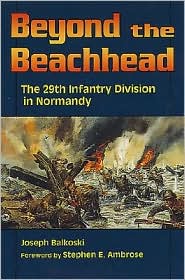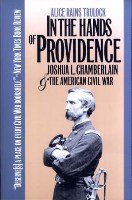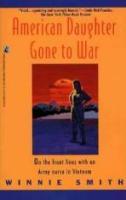Gordon Zuckerman’s "The Sentinels: Fortunes of War" takes the German homeland from 1932 to the end of the World War II. The plot is captivating. The author starts introducing the key characters one by one. They are some of the best and brightest from their countries and some from some of the most influential and powerful families.
The year is 1932. The previously dominant German nation was on the brink of financial and societal collapse. An influential collection of prosperous and well-placed businessmen decided it was time to do something. They have a simple plan. They will choose a potential leader for the nation who was sympathetic to the notion of rearmament. They will make available ample monetary support to make certain of a victorious rise to power. Their motivation is for succeeding is their profits during the rearmament would be enormous. The prospective leader they decided to sponsor was Adolf Hitler. At the time he was the rising star of the National Socialist German Workers Party.
But what if Germany lost the war and the businessmen took their profits out of the country before it fell? A group of young doctoral students at University of California at Berkeley hypothesized that such funds would eventually find their way to another military conflict elsewhere in the world. The called their idea The Power Theory.
The Power Theory is just that, a theory, in1938. But by early 1945, it becomes apparent that it is about to become an actuality in Nazi Germany. That's when the group makes a decision to reunite and implement a plan to thwart war profits leaving the country.
Gordon Zuckerman is a masterful story teller. He provides ample political intrigue, romance and forceful exploits. The action takes place across Europe and America. "The Sentinels: Fortunes of War" is a very well written international thriller.
The year is 1932. The previously dominant German nation was on the brink of financial and societal collapse. An influential collection of prosperous and well-placed businessmen decided it was time to do something. They have a simple plan. They will choose a potential leader for the nation who was sympathetic to the notion of rearmament. They will make available ample monetary support to make certain of a victorious rise to power. Their motivation is for succeeding is their profits during the rearmament would be enormous. The prospective leader they decided to sponsor was Adolf Hitler. At the time he was the rising star of the National Socialist German Workers Party.
But what if Germany lost the war and the businessmen took their profits out of the country before it fell? A group of young doctoral students at University of California at Berkeley hypothesized that such funds would eventually find their way to another military conflict elsewhere in the world. The called their idea The Power Theory.
The Power Theory is just that, a theory, in1938. But by early 1945, it becomes apparent that it is about to become an actuality in Nazi Germany. That's when the group makes a decision to reunite and implement a plan to thwart war profits leaving the country.
Gordon Zuckerman is a masterful story teller. He provides ample political intrigue, romance and forceful exploits. The action takes place across Europe and America. "The Sentinels: Fortunes of War" is a very well written international thriller.
